Why Every Artist Needs Mentors (and Collaborators)
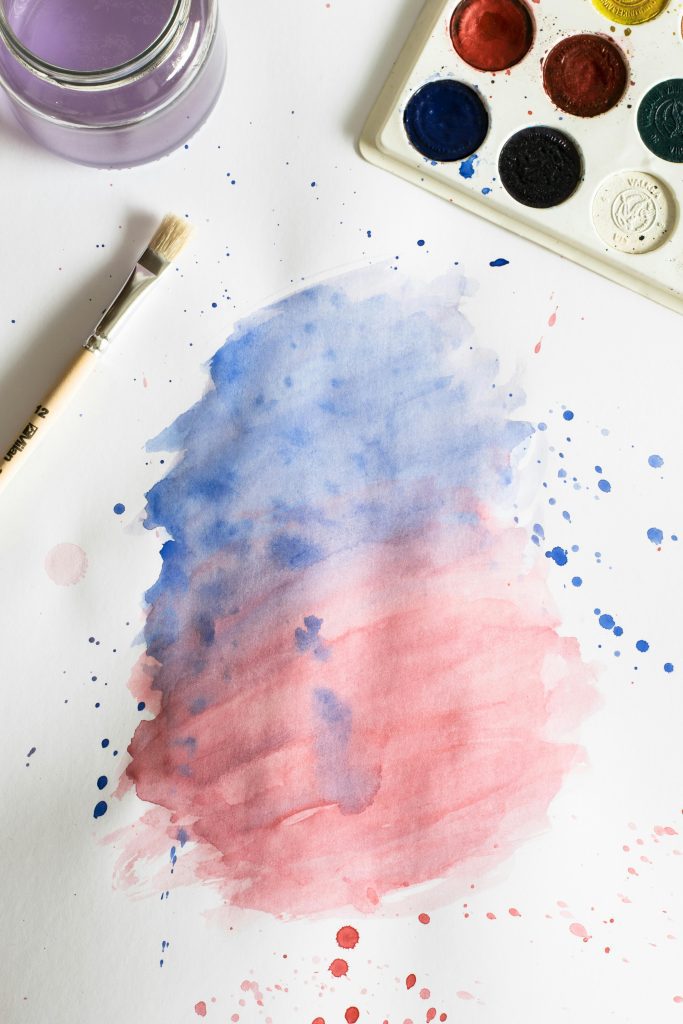
Ever caught yourself staring at your latest sketch, thinking, “Is anyone else even dealing with this creative chaos?” The late-night marathons, the piles of notebooks, the ideas that look amazing in your head but a little wonky on paper, sometimes it feels like you’re the only one juggling all that. That’s exactly why finding mentors and collaborators isn’t just “nice to have,” it’s a total game-changer. And yes, there’s a space where that actually happens: the Women in Arts Network.
Imagine a place where asking questions doesn’t feel scary, where experimentation is high-fived instead of judged, and where comparison takes a backseat to curiosity. You can pop in, ask for tips, or just sit back and soak up inspiration from artists who know exactly what it’s like to wrestle with deadlines, creative blocks, and those tiny moments of self-doubt that sneak up on you.
Mentorship here isn’t stiff or formal, it’s not a classroom lecture. Sometimes it’s a five-minute lightbulb chat that flips your perspective on a project.
Other times, it’s a deeper conversation that opens doors you didn’t even know were there. It’s not about being “taught,” it’s about being seen and guided by someone who’s navigated the same twists and turns.
Then there’s collaboration, the kind that sparks actual magic. Picture brainstorming on a project, swapping ideas, laughing over surprises, and pushing your art into places you never imagined. That kind of shared energy often fuels your practice more than hours spent grinding solo ever could.
And the emotional lift? Oh, it’s real. Reading about someone else’s struggles, wins, or even daily routines can feel like a little pep talk just for you. It’s a reminder that creative life is messy for everyone, and your hurdles aren’t signs of failure, they’re part of the journey.
The beauty of it all? You don’t need to have it all figured out. Whether you’re just starting your first series or hitting your tenth, the network connects you with artists ready to listen, advise, and collaborate. Every chat, every idea shared, every tiny collaboration is a step forward, helping your art grow, your confidence build, and your creative fire stay alive.
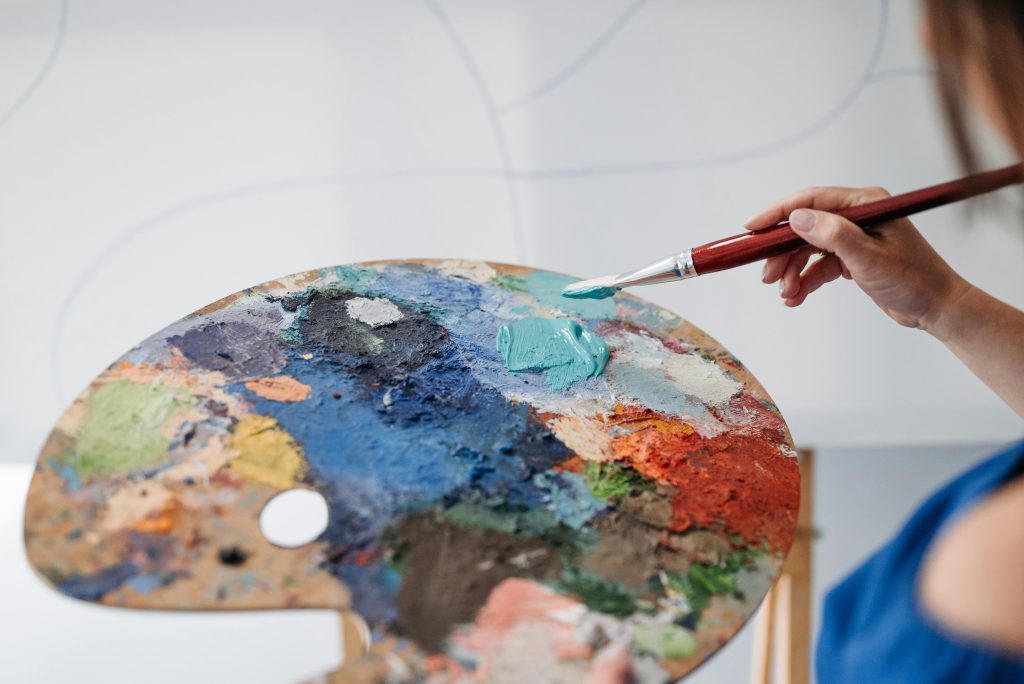
Can Someone Please Just Show Me the Ropes?– Why Mentorship Matters
Ever felt like you’re swimming in a sea of art supplies, inspiration, and deadlines without a life raft? That’s where mentorship swoops in. A mentor is someone who’s been in your exact shoes, or even the ones you haven’t stepped into yet, and can point out the shortcuts, the pitfalls, and the hidden opportunities.
Mentorship isn’t about being told what to do or having someone dictate your style. It’s about gaining insight into how to navigate the creative world with a little less trial and error. It’s those tiny hints, a few shared strategies, and some real-world perspective that suddenly make your goals feel reachable.
You’d be surprised how much just one conversation can shift your mindset. Whether it’s advice on presenting your work, pricing, or tackling rejection, these nuggets of wisdom save you months of wandering around aimlessly.
And here’s a little secret: mentors often learn from you too.
Your fresh perspective, ideas, and energy can spark something in them that reinvigorates their own practice. It’s a win-win, and that dynamic is why mentorship is so underrated.
Plus, it’s not intimidating. Mentorship in creative networks is casual and approachable. It can start with a single message, a video chat, or a coffee meet-up that grows into a longer, more meaningful exchange.
In the end, having a mentor is like having a trusted guide while you explore a new city. You still make your own decisions, but you don’t have to stumble over every cobblestone along the way.
Wait, I Can Actually Collaborate With Someone? – The Magic of Partnered Projects
Collaboration often sounds intimidating: “What if we clash? What if it doesn’t turn out?” But the truth is, sharing a creative journey can spark ideas you’d never reach alone. Two brains, two styles, two approaches, sometimes they collide in ways that ignite pure magic.
A project doesn’t have to be huge to be effective. Even small-scale collaborations, like a shared zine, a joint Instagram series, or a mini exhibition, can give your work new life. You learn different ways of thinking, problem-solving, and presenting your art.
Working with someone else also keeps you accountable. Deadlines become real, ideas get tested, and feedback comes instantly. That momentum is hard to replicate when you’re working solo, no matter how disciplined you are.
It’s also a great way to stretch comfort zones. You might discover a new medium, approach, or technique just by being part of someone else’s workflow. These surprises often lead to breakthroughs in your own practice.
And let’s be honest: art can be lonely. Having a partner or team injects fun, energy, and shared excitement into the process. Sometimes the laughter and brainstorming are as valuable as the final piece.
So next time you think “I should just do this alone,” remember that collaboration isn’t giving up control, it’s expanding your toolbox in ways that feel effortless and energizing.
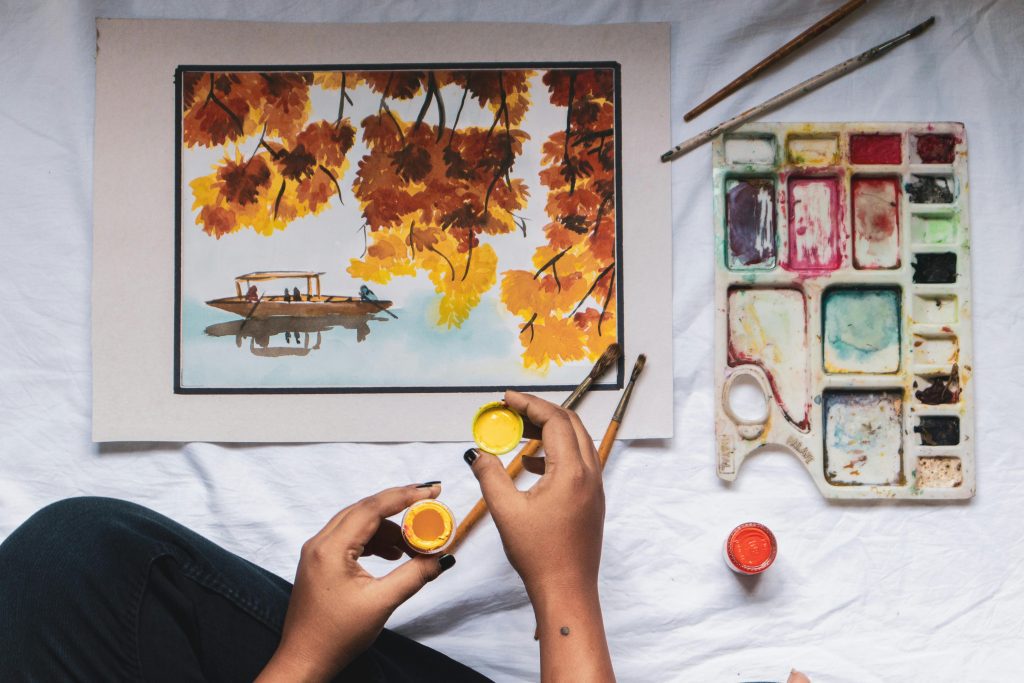
Can I Really Ask That Question? – Getting Comfortable With Reaching Out
There’s this lingering fear for many artists: “Will I bother them? Will they even respond?” Newsflash: reaching out is expected in creative networks. Asking questions, requesting feedback, or seeking guidance is the fastest way to grow and connect.
Start small. A quick question about materials, presentation, or process opens a door. Most established artists remember being in your shoes and are more than willing to offer a tip or two.
Consistency matters too. Showing genuine curiosity over time builds trust. People notice effort, engagement, and enthusiasm. That’s how small interactions evolve into meaningful guidance or long-term mentorship.
Don’t let the fear of rejection hold you back. Even if someone doesn’t respond immediately, the act of reaching out is a step forward. Each message hones your communication skills and makes you bolder next time.
And remember, every question isn’t just for knowledge, it’s for connection. Asking opens conversation, invites dialogue, and builds bridges you didn’t know existed.
Finally, embracing outreach turns networking from a chore into a playful habit. Each interaction becomes a mini adventure with potential creative surprises waiting at the other end.
Wait, Inspiration Can Come From Peers?– The Power of Seeing Others Create
It’s easy to feel isolated in your studio bubble, thinking your work is the only one in the world facing struggles. But seeing peers’ experiments, failures, and triumphs reminds you that creative life is a shared journey.
Watching someone else take risks can encourage you to step outside your comfort zone. You see approaches, ideas, or techniques you might never have considered, and suddenly, your own work benefits.
Communities also offer gentle competition, but in the best way. The kind that pushes you to improve, stay motivated, and explore without pressure. It’s not about winning; it’s about mutual growth.
Sharing progress, sketches, or even failed attempts fosters dialogue. Comments, questions, and encouragement spark new perspectives and sometimes lead to unplanned collaborations.
Plus, inspiration isn’t always direct. A casual post, a story, or even a question someone poses can plant a seed that grows into a whole new idea.
In short, surrounding yourself with fellow artists keeps your brain buzzing with possibilities and reminds you that you’re part of a bigger creative ecosystem.
So How Do I Find the Right Match? – Mentors and Collaborators That Actually Click
Not every connection is going to stick, and that’s okay. The key is finding people whose energy, style, and approach complement yours. Compatibility here isn’t about mimicking; it’s about balance.
Start by clarifying what you need. Are you looking for technical advice, career guidance, or just a sounding board for ideas? This clarity helps you approach the right people.
Look for shared values and communication style. Some artists thrive on structured feedback; others prefer loose, free-flowing exchange. Matching approaches increases the likelihood of a fruitful partnership.
Don’t overlook complementary skills. A mentor with experience in exhibitions paired with a collaborator who’s a social media whiz could create a combination that elevates your work exponentially.
Remember: chemistry matters. Even with incredible credentials, if the vibe isn’t right, the mentorship or collaboration may stall. Keep looking until it clicks.
The goal isn’t perfection, it’s a connection that pushes your practice forward, sparks ideas, and makes the journey a lot more fun.
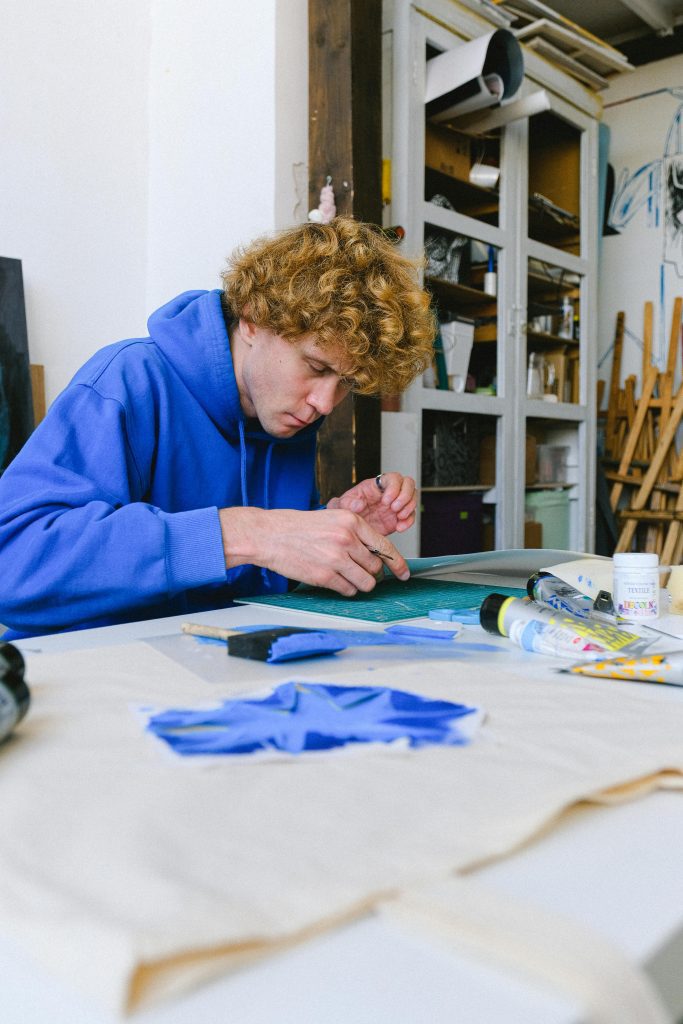
Can This Really Change My Art? – Why These Connections Transform Everything
When mentorship and collaboration are done right, the effects ripple through your practice. You gain confidence, fresh perspectives, and concrete skills that accelerate growth in ways solo work often can’t.
You start thinking differently about projects, considering angles and approaches you never would have alone. The feedback loop keeps you sharp, innovative, and adaptable.
Connections also provide accountability. Deadlines, check-ins, and shared goals keep your practice consistent and structured, even when motivation dips.
Mentors often serve as bridges to opportunities, introductions to galleries, exhibitions, or residencies. Collaborators can help amplify your reach, audience, and creative network.
Emotionally, having a support system of peers and mentors softens the highs and lows. Rejections sting less, successes feel sweeter, and creative blocks are easier to tackle.
At the end of the day, these relationships transform not just your work but your mindset. Art becomes less of a lonely grind and more of a shared, exhilarating journey.
Okay, But How Do I Actually Start Talking to Someone? – The Gentle Art of Reaching Out
Sometimes the hardest part isn’t finding a mentor or collaborator, it’s sending that first message. The panic sets in: “What if I sound clueless? What if they ignore me?” Relax, it’s easier than you think.
Start with curiosity, not perfection. A simple note like, “Hey, I love your recent project, could I ask a few questions about your process?” is all it takes. Most artists enjoy discussing their work and sharing valuable tips.
Personalise it.
Mention a project of theirs that genuinely inspired you. This shows you’re paying attention and not just copying a template.
Keep it short, sweet, and approachable. Nobody expects an extended essay. A friendly tone goes a long way in making someone feel comfortable responding.
Don’t sweat a delayed reply. Artists are busy, juggling deadlines, studios, and maybe a pet or two. Patience signals professionalism and respect.
Once you get a response, nurture it. Ask thoughtful questions, share your ideas, or simply express your gratitude. That first little interaction is the start of a meaningful relationship.
Can I Actually Learn New Tricks From Peers?– Why Peer Feedback Is Gold
Peer feedback is one of the most underrated superpowers in creative growth. Someone at your level sees your work differently than a mentor, often spotting opportunities or challenges you didn’t notice.
It’s about perspective, not criticism. A peer might notice a composition tweak, colour choice, or presentation idea that makes your work pop in ways you’d never considered.
Sharing work also forces you to articulate your decisions. Explaining your thought process helps you understand your own practice better.
And feedback loops inspire iteration. Even a tiny suggestion can spark a new series, a revised piece, or a completely unexpected project.
It’s also motivating. Knowing someone else is tracking your progress encourages consistency and inspires new experiments.
Finally, peer feedback builds camaraderie. You’re not just receiving advice, you’re contributing too, and that sense of reciprocity strengthens relationships within your network.

But What If I Mess Up?– Embracing Mistakes in Collaboration
Mistakes are inevitable, especially when working with others. But here’s the thing: mistakes are where growth happens. Collaboration exposes you to fresh ideas, and not everything lands perfectly.
Consider them learning opportunities. A miscommunication or a failed concept isn’t a disaster; it’s a lesson that informs your next project.
Being open about your missteps encourages trust. Peers and mentors appreciate honesty more than pretending everything is flawless.
Sometimes mistakes spark breakthroughs. A project that “failed” might inspire a new style, series, or technique you wouldn’t have tried otherwise.
Handling mistakes gracefully builds resilience. You learn how to navigate conflicts, deadlines, and unexpected challenges without losing your creative spark.
Ultimately, embracing mistakes turns collaboration into a low-stakes experiment lab where innovation thrives and growth feels exciting rather than scary.
Okay, But Will This Actually Boost My Career?– Turning Connections Into Opportunities
Mentorship and collaboration aren’t just feel-good exercises; they open doors. A mentor might recommend you for a residency or exhibition, while a collaborator could introduce you to their audience.
Connections often lead to exposure you can’t achieve alone. Exhibitions, online projects, and joint promotions increase visibility, and visibility is the bridge to opportunities.
Learning from others’ experience helps you avoid common pitfalls in pricing, presentation, or networking. That insight alone can save months, or even years, of trial and error.
Collaborations also diversify your portfolio. Participating in joint projects demonstrates adaptability, teamwork, and a creative range, all qualities that galleries, jurors, and collectors value.
Emotional support matters too. Navigating rejections, deadlines, and creative blocks is easier when you have peers and mentors cheering you on or offering guidance.
When approached strategically, your network becomes a springboard, helping you grow professionally while deepening your creative practice.
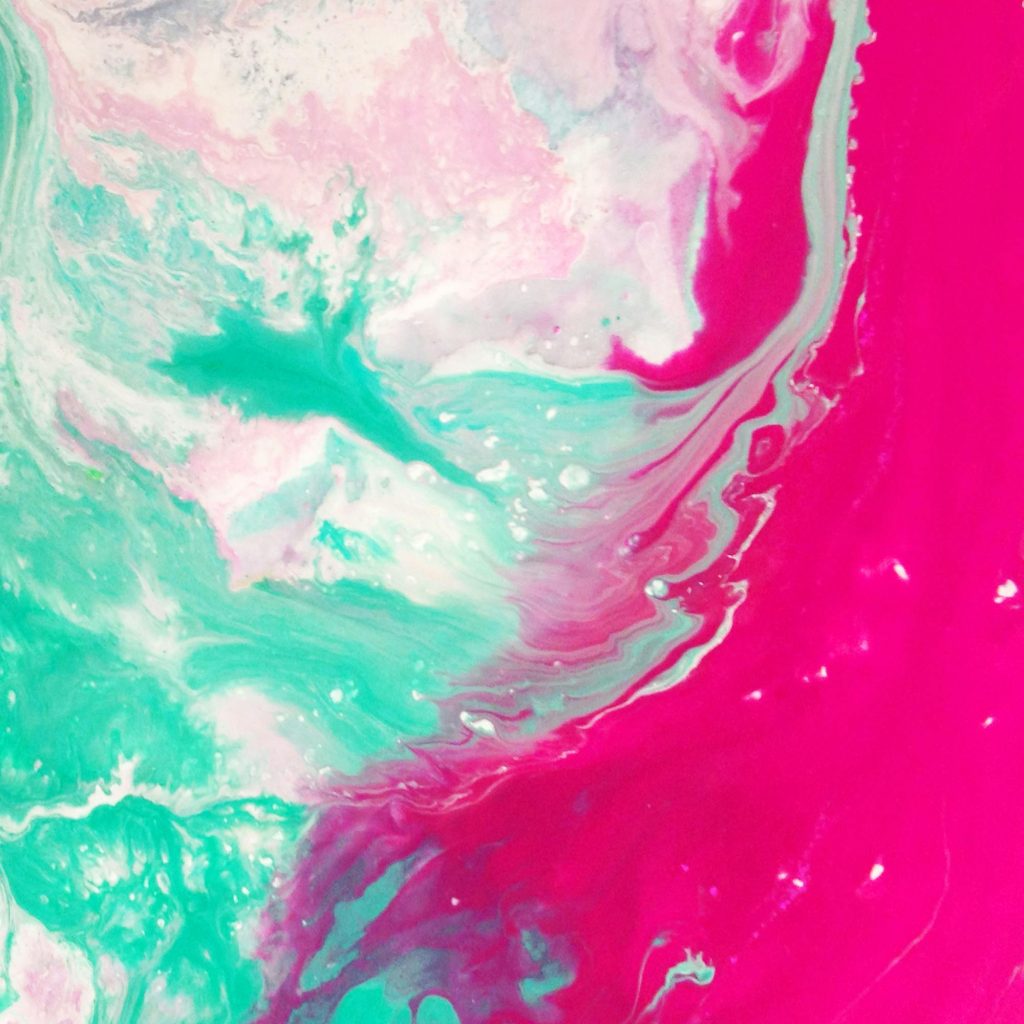
How Do I Maintain the Momentum? – Staying Engaged Without Burning Out
Building relationships in the Women in Arts Network is only half the battle; the other half is maintaining momentum. Consistency is key, but without burning out.
Set small goals. Regularly check in with collaborators, share your progress, or offer input on someone else’s work. Tiny efforts maintain visibility and engagement without pressure.
Celebrate progress. Even a short “Hey, I tried that suggestion you gave me, thank you!” keeps energy flowing and reinforces the connection.
Balance is crucial. Don’t overcommit to networking or feedback sessions at the expense of your studio practice. Creative work still comes first.
Keep experimenting. Rotate projects, mediums, or collaborations to stay inspired. Variety fuels both learning and excitement in your network.
Remember, engagement is a marathon, not a sprint. Consistent, small actions create meaningful, long-lasting relationships that nurture your practice for years.
